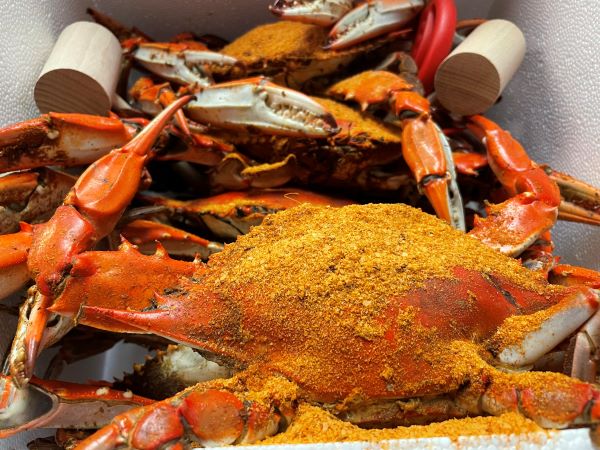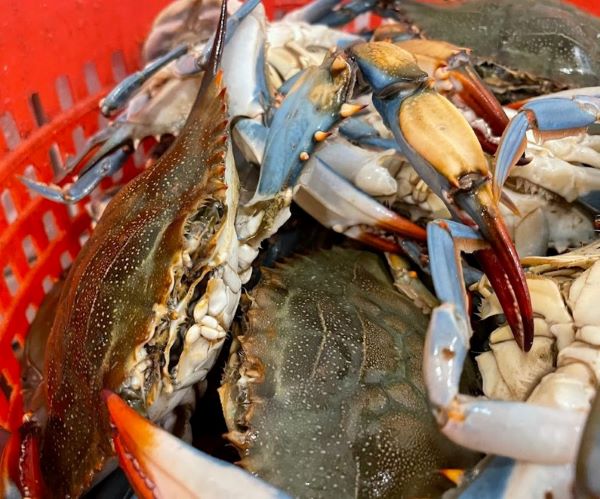Female Crabs, a Delicacy Worth Trying


Female Crabs, a Delicacy Worth Trying
Blue Crab fans know maintaining the female or sook crab populations must take precedence over any feast. Even though the dense meat, perfect for packing crab cakes and tastes sweeter than the flaky, somewhat saltier male counterpart, wise harvesting is key. Eastern seaboard states pass laws to ensure the population remains strong. Once a percentage, around 30% of the harvested crabs is reached, crabbers begin throwing them back into the waters. Crabbers want to keep the ratio between jimmy and sook ideal for mating. The typical, feisty female spawns 8,000 eggs. Red drum fish and severe storms kill off most of these eggs, so a little help from mankind is needed. Sustainably potting the females keeps an eye on the blue crab populations. It changes from year to year so educated crabbers certainly have job security!
Now to the delicacy part. Yes, females may contain a sac of eggs under their dome-shaped apron. Initially the eggs have an orange color, but as they reach “pre-hatching stage,” they will take on black. Served on crostini or a buttery cracker, roe takes on a slightly sweet robust crab flavor. As far as the female crab, chefs normally choose it for the dense meat, perfect for crab cakes. It packs ideally to hold the cake. Many enthusiasts claim the sook meat boasts a sweeter taste than the jimmy. Watermen surmise the fact that the female stops growing at maturity and remains in its shell for the rest of its life cycle as a probable reason. This lack of molting keeps the salt from seeping into the flesh. Also, the flesh compacts from staying in the same shell. Those two occurrences alone create a crab distinct from the male. Since only a limited supply reaches the dock, sook crabs do indeed serve as a delicacy. Know that crabbers also want to keep the blue crab population strong, so when you have the opportunity to crack-n-pick a sustainably caught dozen, go for it!




